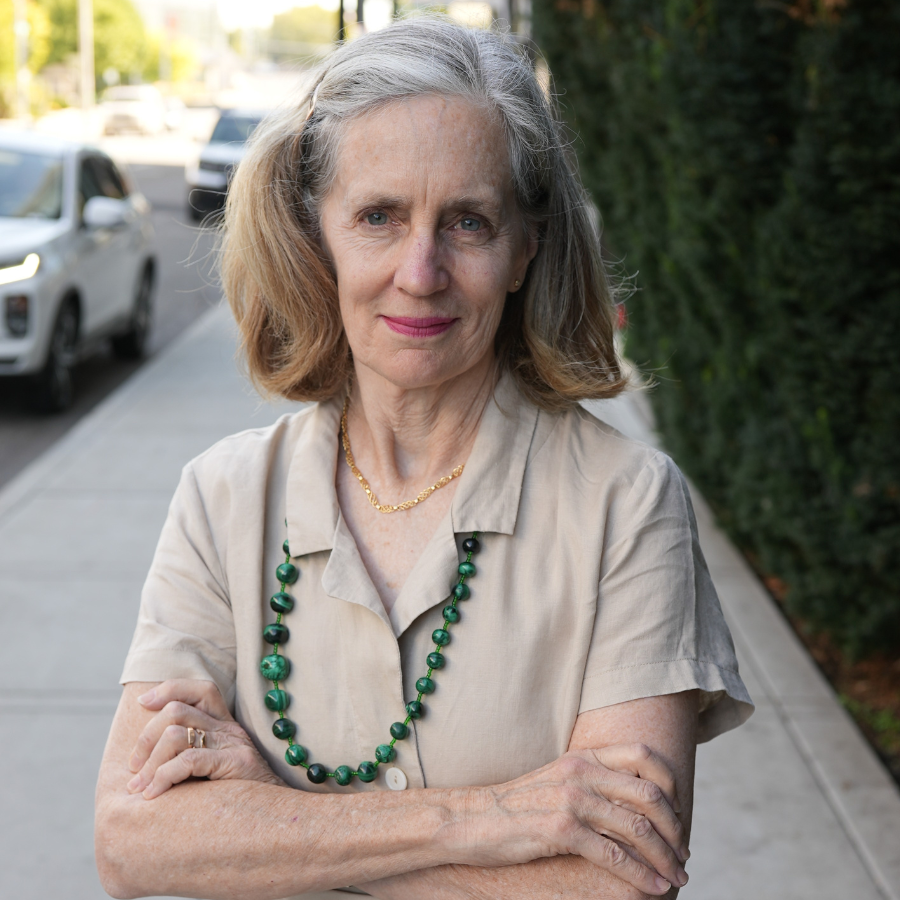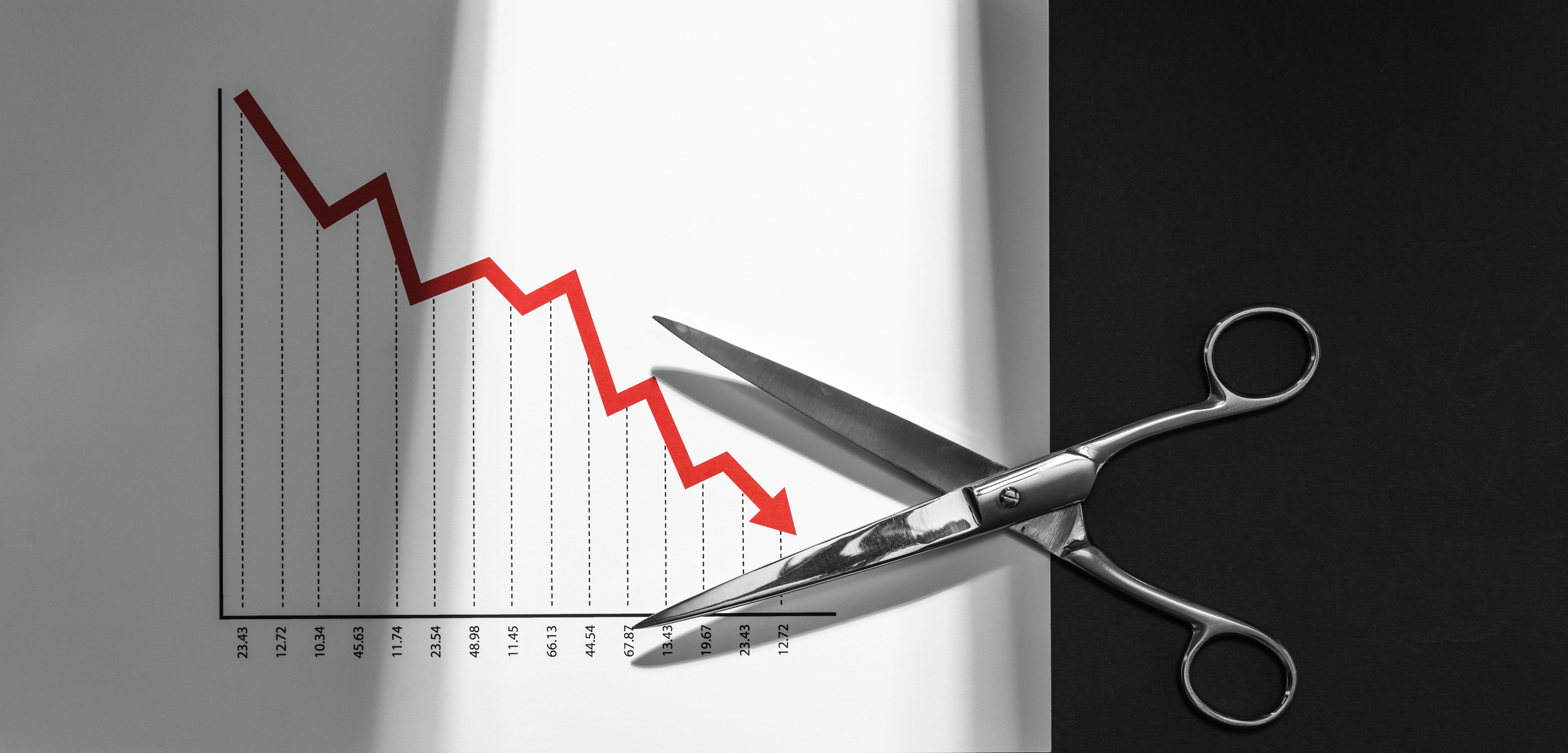Key Findings
- Schools in Massachusetts perform better than Washington’s because of the way they spend public money, not because they spend more of it.
- Massachusetts provides parents with education choice.
- Massachusetts requires high school teachers to be certified in content knowledge.
- Massachusetts maintains high expectations for students in math and reading achievement.
- In Massachusetts, the state head of education is appointed by and accountable to the governor.
- In Massachusetts 60 percent of school funding is provided through local taxes. In Washington, due to court rulings, only 19 percent of school funding is provided locally.
The Seattle Times published an informative article on March 19, 2016 suggesting that students in Massachusetts learn better than students in Washington state because Massachusetts spends more money on public schools. Is this really true?
The Times is correct that students in Massachusetts achieve significantly higher scores on national tests, graduate at higher rates and attend college at higher rates than Washington students. Yet the reporting misses important policy reasons about why this is so.
Massachusetts schools perform better because of the way they spend public money, not just because they spend more of it. Here is why.
- Massachusetts provides parents with education choice. The public system operates 81 charter schools, a fraction of the state’s 1,800 public schools, but enough to provide options for children who are underserved by traditional schools.
- Massachusetts requires high school teachers to be certified in content knowledge, that is, to show mastery of their specific subject. Washington state schools, largely due to union rules, are only allowed to require teachers to meet a lower general-knowledge standard.
- Massachusetts maintains high expectations for students in math and reading achievement. Washington has lowered academic expectations for students and cancelled the Washington Assessment in Student Learning (WASL) in math.
- In Massachusetts the state head of education is appointed by and accountable to the governor. In Washington, the head of education is a lower-level statewide official chosen in a down-ballot election, making it difficult for the public to know who is responsible for the low performance of our state’s public schools.
- In Massachusetts 60 percent of school funding is provided through local taxes, keeping the people close to their community schools. In Washington, due to court rulings, only 19 percent of school funding is provided locally.
Money alone does not explain the stark differences in education performance between the two states. Massachusetts spends over $14,000 per student per year. Washington spends a comparable amount, about $12,000 per student. As our state supreme court noted in the McCleary decision, simply pouring more money into an unreformed system won’t help students.
In Washington, public education is mired in high-stakes politics, labor stoppages and unending controversy. School district interests and union executives create an appearance of scarcity by incessantly calling for more money, but they block all efforts, like charter schools and family choice, at reforming the way public money is spent.
The Seattle Times reporter reluctantly admits that in the last two state budgets the legislature has “squeezed out some more money” for schools, making it appear the people of Washington are too cheap to fund schools. Actually, the people are quite generous. The legislature recently added about $5 billion to public schools, a whopping increase of 36 percent, while the student population increased only slightly. The people of Washington now pay $18.2 billion to support public education, the highest level in the history of the state.
The comparison between Massachusetts schools and the real experiences of our own state demonstrates two truths about Washington public schools:
- The people have massively increased education spending by 36 percent, and;
- More money alone will not improve learning outcomes for children.
The special interests that benefit from public spending will continue to lobby for adding more money to education budgets. No surprise there. But we should not expect the positive outcomes enjoyed by families in Massachusetts to happen here without better-qualified teachers, more accountability and greater access to learning choices – like individual Education Savings Accounts, more online learning and community-based charter schools – that are working so well in other states.



